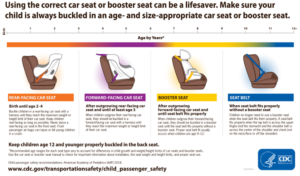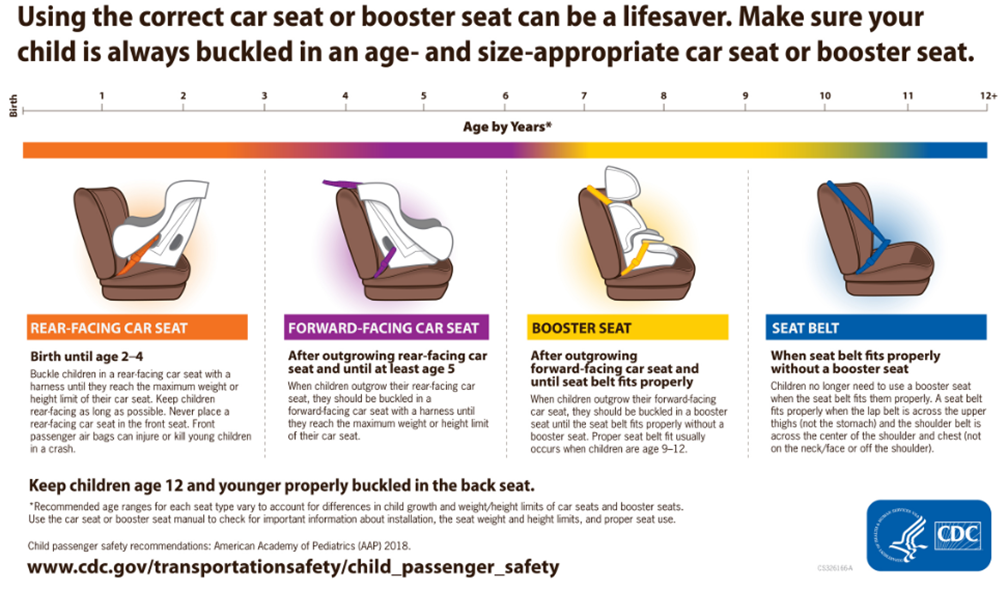Thursday June 2nd, 2022
In this post, we will discover two major types of child seats, and will also discuss why child seats are so important to keeping your infant safe when it comes to installation and to proper usage. For expected parents or even parents who already had their first child and yet to buy a child seat, the following information may be of importance to you. Let us go ahead and discover which one is suitable for your baby.
It is highly recommended that you keep the toddler age group in a rear facing child seat type as long as possible. The following listed below are some reasons why.
- A rear-facing child seat can absorb most of the crash forces and at the same time, it supports the head, neck, and spine. Due to the fact that the toddler has not yet develop sturdy head, neck and spine areas, they are more vulnerable to sustain injuries to the three aforementioned areas which are can be fatal if it is unprotected.
- We have all seen slow motion test crashes for vehicles in which adult and toddler dummies are thrown forward due to the moving momentum of the vehicle. If the baby is not in a rear-facing child seat, the neck area is vulnerable to be thrown forward which may cause major damage.
- According to child seat research, toddlers up to 23 months are 75% less to perish or suffer from major serious injury compared to a forward-facing child seat (www.consumerreports.org/car-seats/why-kids-should-stay-longer-in-rear-facing-car-seats/)
There are three major types of rear-facing child seats consumers can choose from: infant car seat (rear-facing only), convertible seat, which can be used to face forward when the toddler grows bigger and older, and all-in-one seat which is more flexible and can perform the same functions as the two previously mentioned. It is also important to note that none of the types mentioned are safer than the other. However, if it is properly installed, they are equally safe.
Once the toddler has grown a little older and bigger, a forward-facing child seat may be suitable for him/her, keeping in mind to keep the toddler in a rear-facing child seat as long as possible. The transition to this type of child seat should not be based on the child’s comfort level as the baby’s body structure is much more flexible then compared to a grown adult, so they are more adaptable to rear-facing child seat. The transition from rear to forward-facing child seat will depend on the infant’s age and weight. According to NHTSA, the infant rear-facing seat type can accommodate toddler up to 28 to 35 pounds (12 to16kg) or 30 to 35 inches (76-89cm). If a parent had chosen an all-in-one child seat this type of seat can add more flexibility during their travel needs and usage. A forward-facing child seat can also prevent fatal injuries up to 54% in vehicle crashes. (injuryfacts.nsc.org/motor-vehicle/occupant-protection/child-restraint/).
No matter how old your toddler is, the best measure against an unexpected accident is to buckle up. You may trust that you are safest driver on the road, but do you trust everyone on the road to be as cautious as you? Do not risk your children’s life by saving time and incorrectly install a child seat. It may cost you more than you think.


